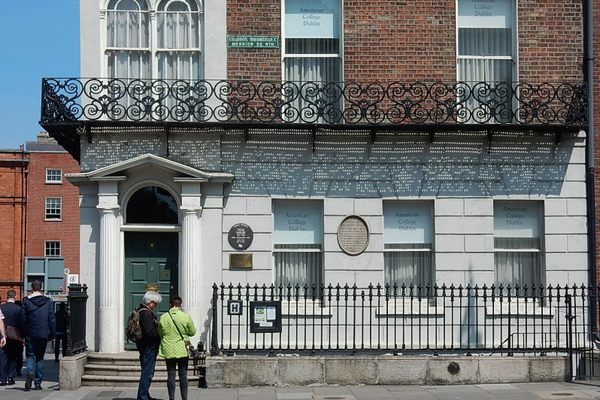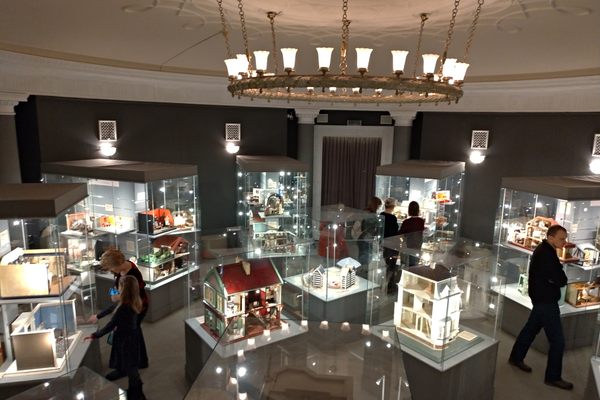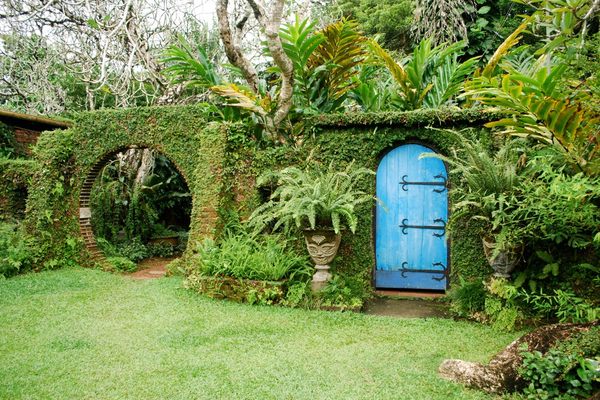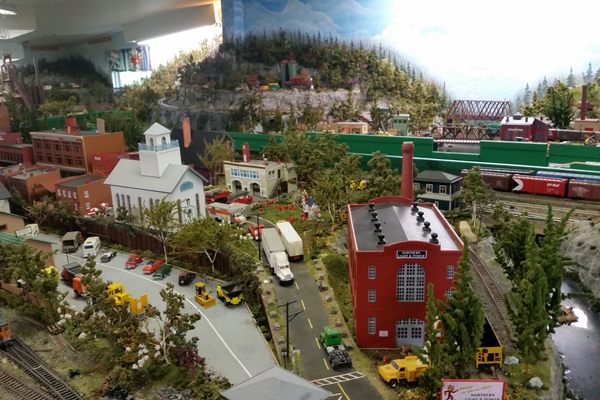About
What do you do when an erosion problem is clogging up your drainpipes with silt? You build a gnome village, obviously.
Back in 2014, groundsmen on the campus of California State University, Dominguez Hills were confronted with a tricky problem. During periods of heavy rain, runoff and erosion on a small hillock near the health center were clogging up the drainpipes with silt. Various solutions presented themselves, all perfectly reasonable but woefully prosaic. And then Peter Chance, one of the campus groundsmen, came up with a novel solution.
Building a gnome village wasn’t actually a spur of the moment decision, but rather a whimsical dream that had been rattling around Chance’s mind for some time. Talking to the campus news site, he explained how the idea had been slowly developing long before the silt problem arose: “I remember walking down here one day and thinking it would be awesome to put a miniature village or fairy garden or FernGully. I’ve seen it in the back of my mind for years. I just would stand here and imagine: a house could go here, that could go here, and I started seeing some of the little nooks.”
So when the silt problem came around, the groundsmen, and the gnomes, began to mobilize. Chance, along with his fellow groundsmen Fernando Goncalves and Chris Evans, began transforming the hillside into a tiny village, using materials found at the university’s Physical Plant.
The principal gnome building was created using a broken concrete electrical box; another gnome house was built using a tree stump and a plant-pot saucer topped with moss. They used small pieces of redwood to build stairways, doors and bridges, and leftover infield clay from the baseball diamond for the tiny roads and pathways. They then decorated the village with miniature plants, a spattering of bonsai trees (Chance is a bonsai specialist), and some large mushrooms, providing plenty of shade for the gnomes.
All this creativity, of course, would have been for naught if the erosion continued. And no self-respecting gnome would live in a village with a landslide problem. So the team used baby’s tears (Soleirolia soleirolii, a plant with a moss-like appearance) as the main ground covering, which would help improve water retention and prevent silt from reaching the drains. Then, at the bottom of the village, they built a simulated dry riverbed filled with dead plant material, which would help hold back the silt while allowing water to filter through.
Not only did the village solve the erosion problem, it also added plenty of charm to the university campus. Today, the gnome village continues to thrive and grow, and Peter Chance and his team are always thinking of more details to add to the miniature hillside settlement.
Related Tags
Community Contributors
Added By
Published
June 7, 2018





























